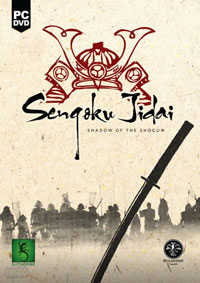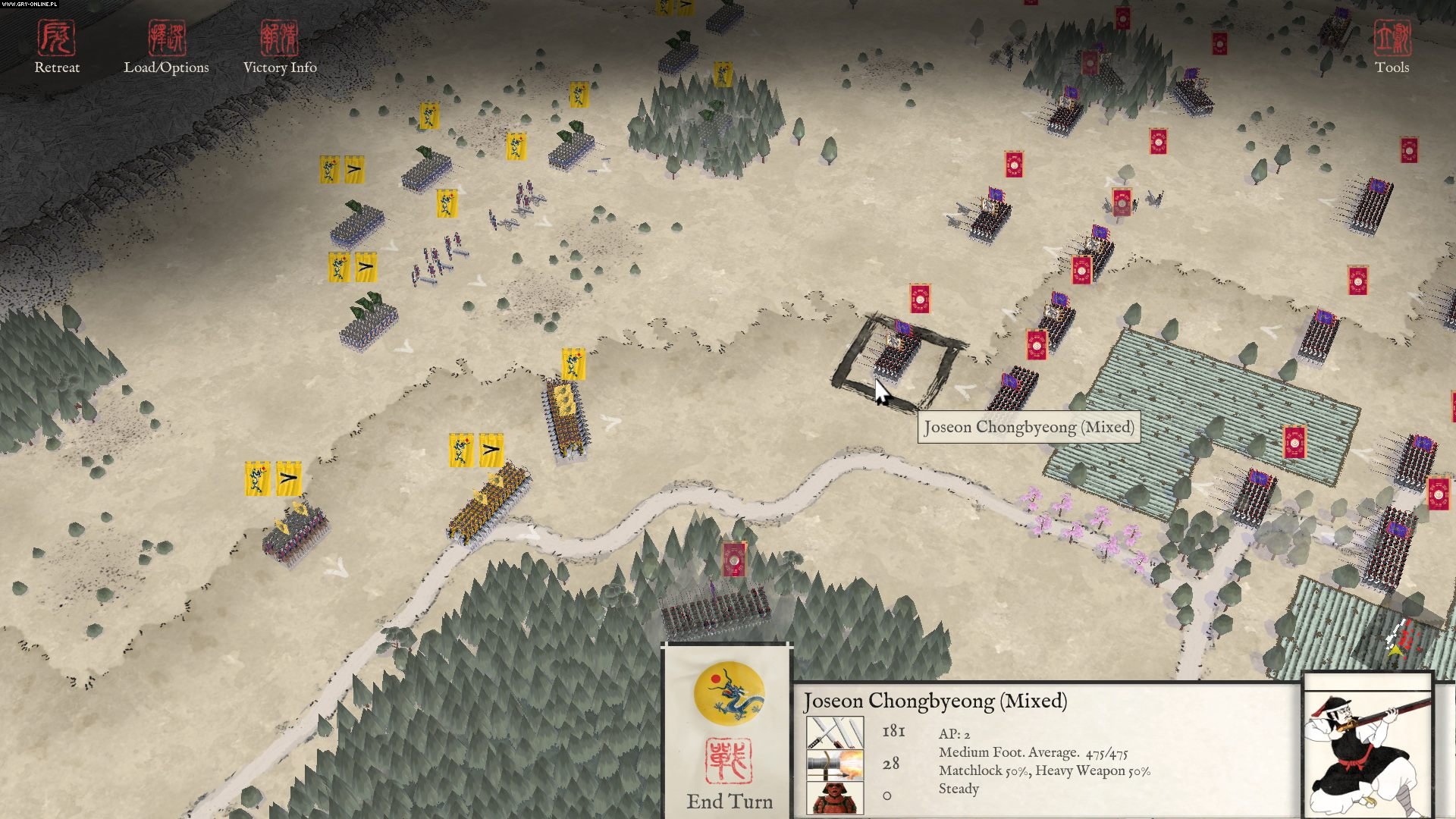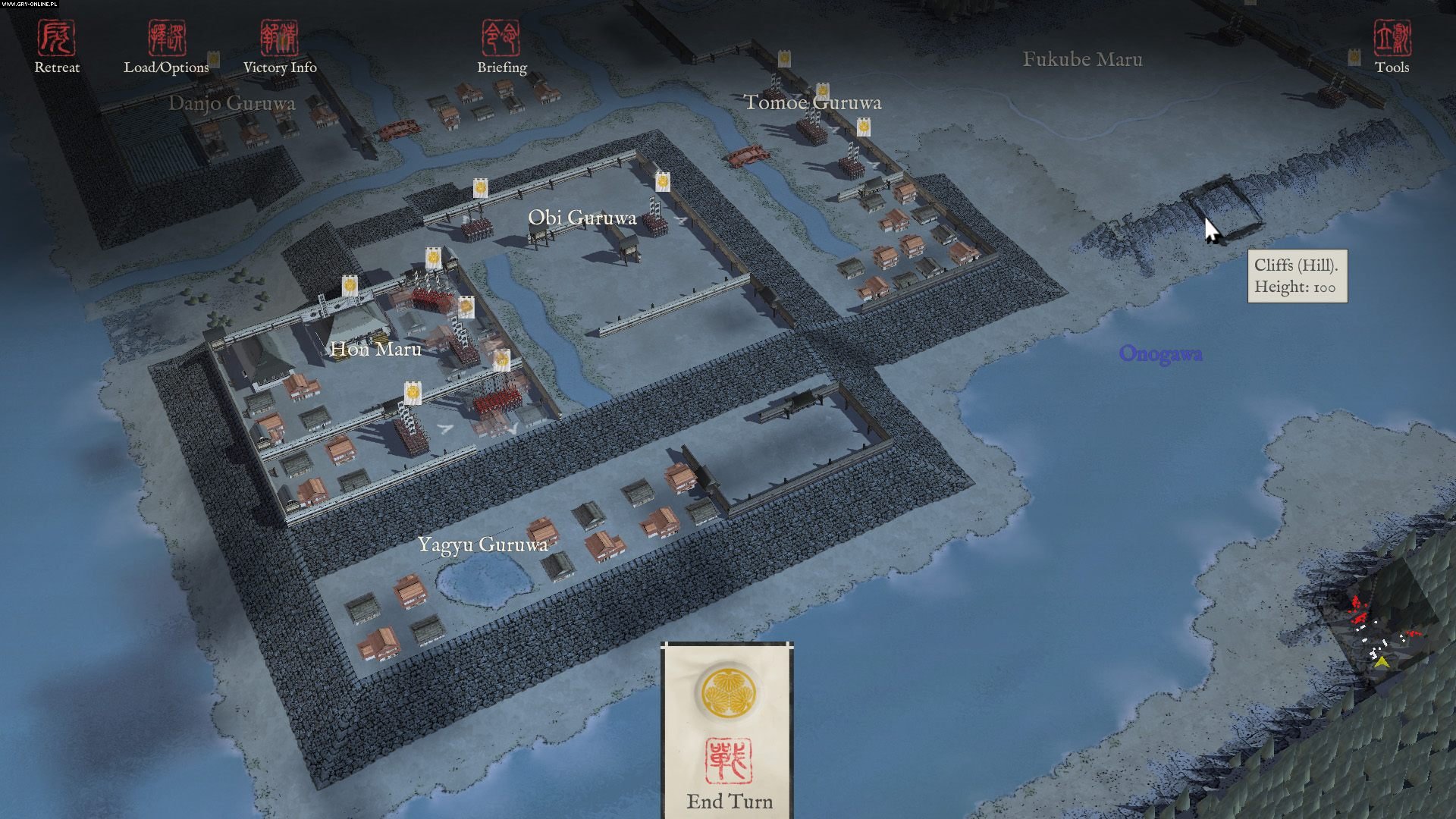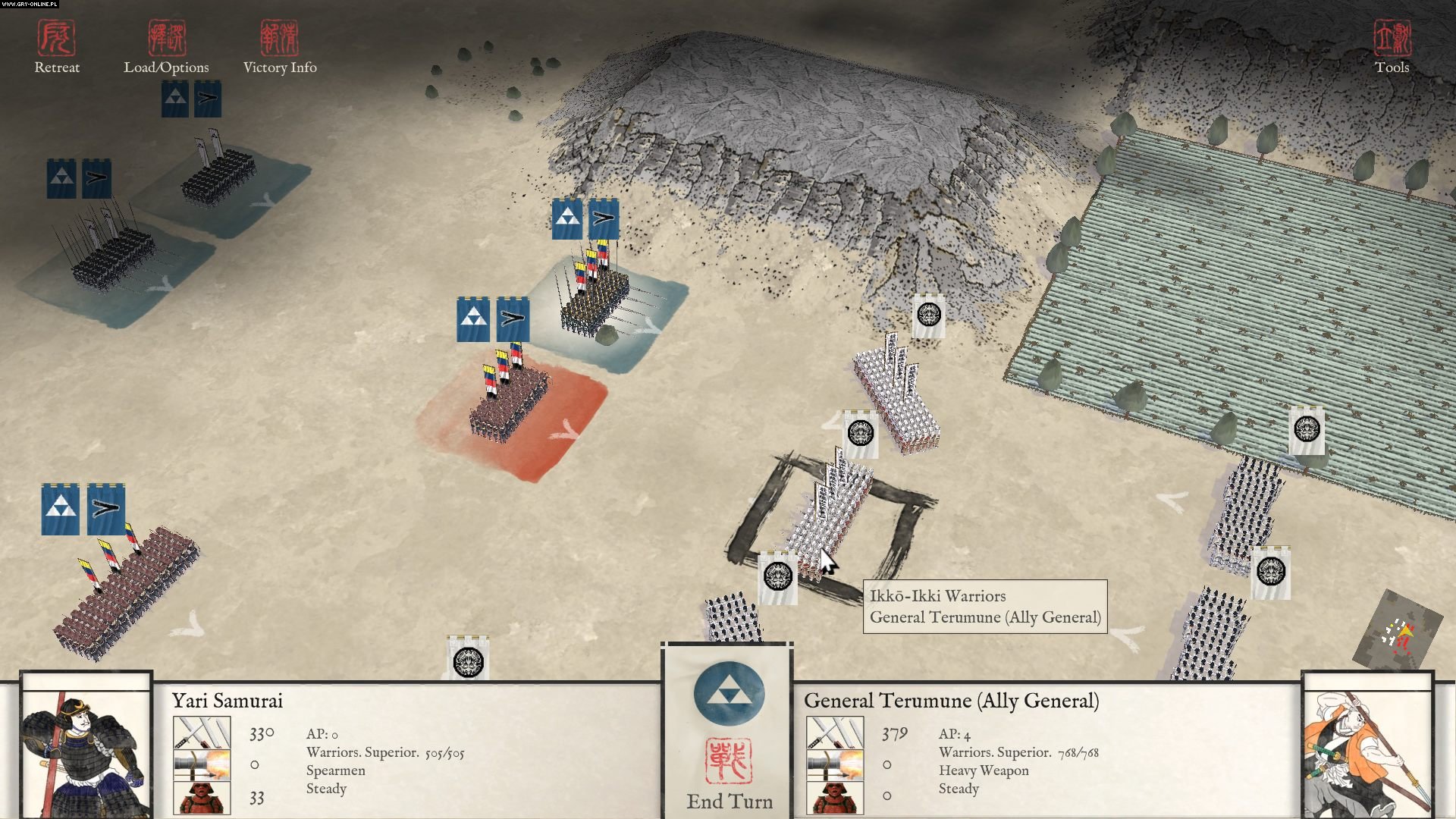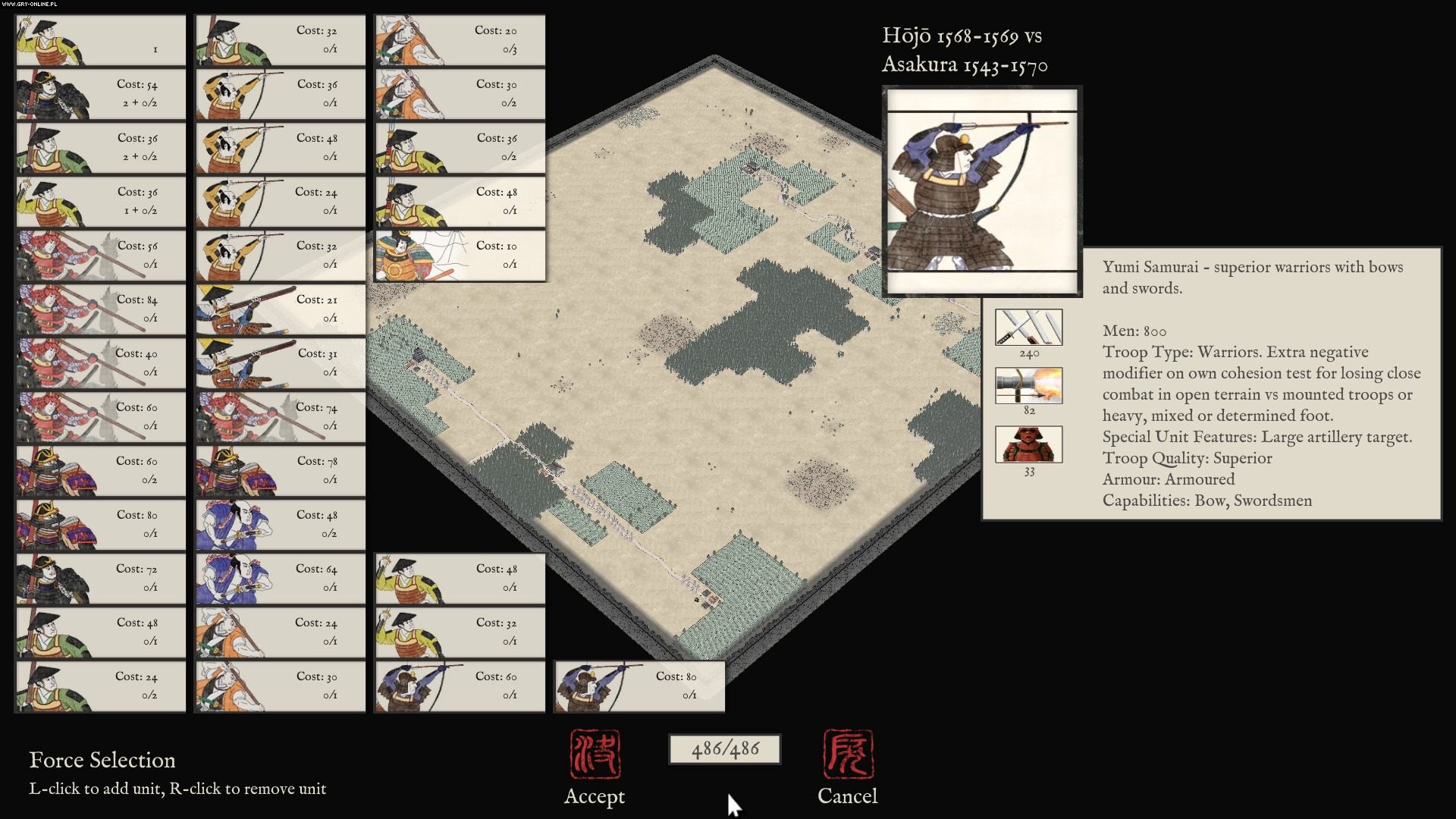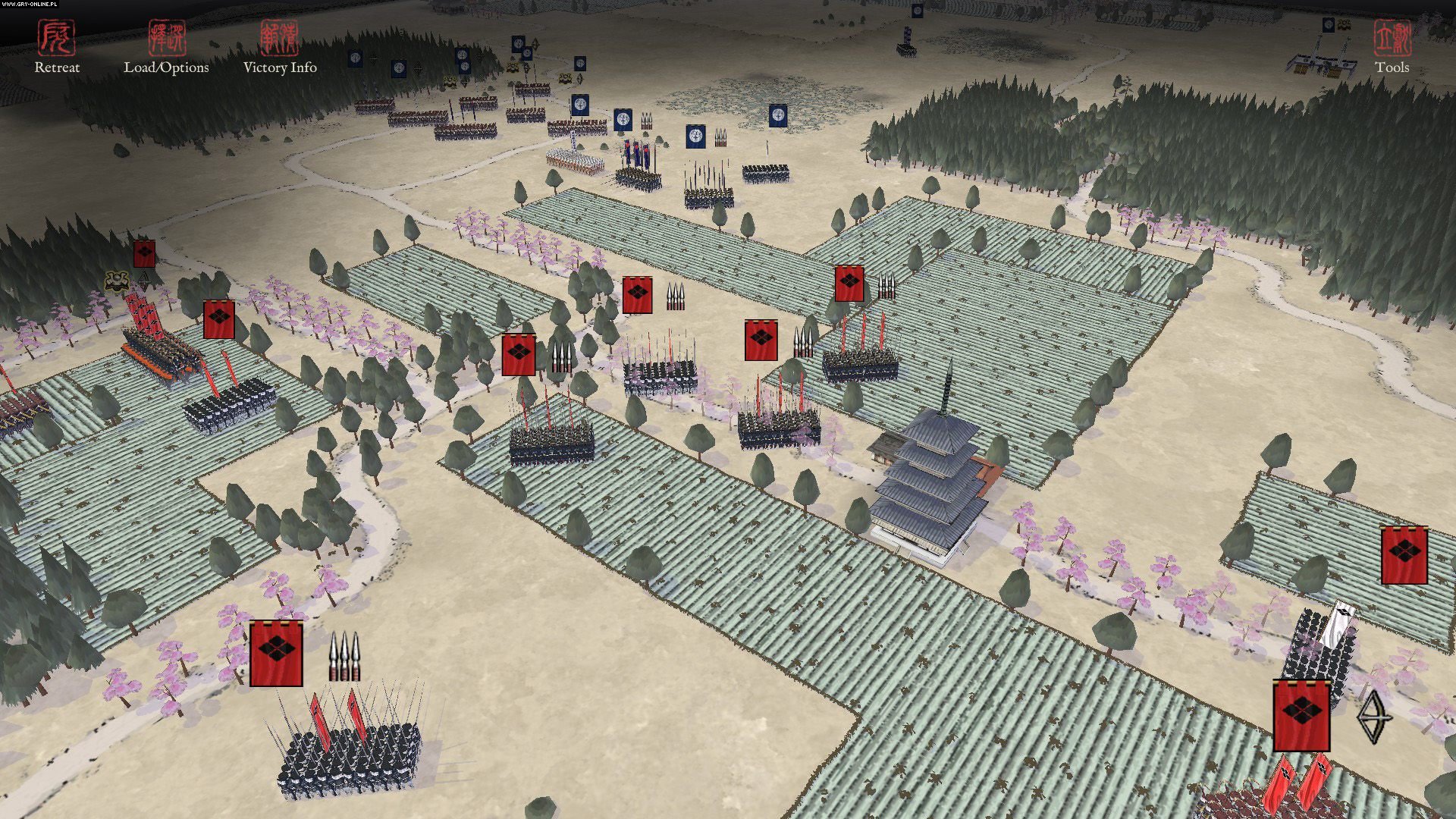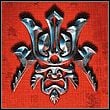In addition, the title also contains a number of individual scenarios based on real battles, featuring armies from all over the region of East Asia reproduced with care for the greatest possible historical fidelity. Individual armies differ in organisation, tactical doctrines and combat capabilities.
There is also a Skirmish mode, where wecan create "what if" scenarios with virtually no limits.
Mechanics
In historical campaigns, the gameplay resembles the one known from the first installments of the Total War series. Initially, a number of decisions need to be made on the overall strategic map - recruiting troops, taking care of supplies, dealing with diplomacy and simplified economics, and relocating units. When it comes to battle, the fun is transferred to the battlefield. The player takes command of an army consisting of hundreds of soldiers divided into battalions and their task is to defeat the opponent. Every battle of the campaign has long-term consequences, including a drop or increase in the army's morale.
Battles are the essence of Sengoku Jidai: Shadow of the Shogun. Unlike the games in the Total War series, they do not take place in real-time. Instead, they are based on a turn-based system. All units have a specific pool of moves that they can make in a given turn to move or attack. During the battles, the players must pay attention to a number of factors - terrain, unit positioning and formation, type and statistics of soldiers and much more. The battlefield is also greatly influenced by generals, who are not only able to increase the effectiveness of soldiers in combat and improve their morale, but also to challenge enemy commanders to duels.
Every battle present in the game, both historical and in Skirmish mode, can be played solo or against a living opponent. Interestingly, in the variant for solo player, AI tries to reproduce the true behavior of the troops during the battle.
Technical aspects
Sengoku Jidai: Shadow of the Shogun runs on the same engine as an earlier Byzantine Games title - Pike and Shot: Campaigns 1494-1698. Battles are shown from the bird's eye view. The camera can be zoomed in and the angle of view can be changed. Although the battles are poorly animated, they can be pleasing to watch, mainly due to their graphic style. Both the terrain and the interface and units are stylized on classic Far East paintings from the epoch.
The multiplayer mode uses, among other things, PBEM servers, which enable us to send information about our gameplay progress by e-mail.
Other
Sengoku Jidai: Shadow of the Shogun has full support for mods. Byzantine Games has also given the players an editor, with which we can easily create new elements and implement them later in the game.
